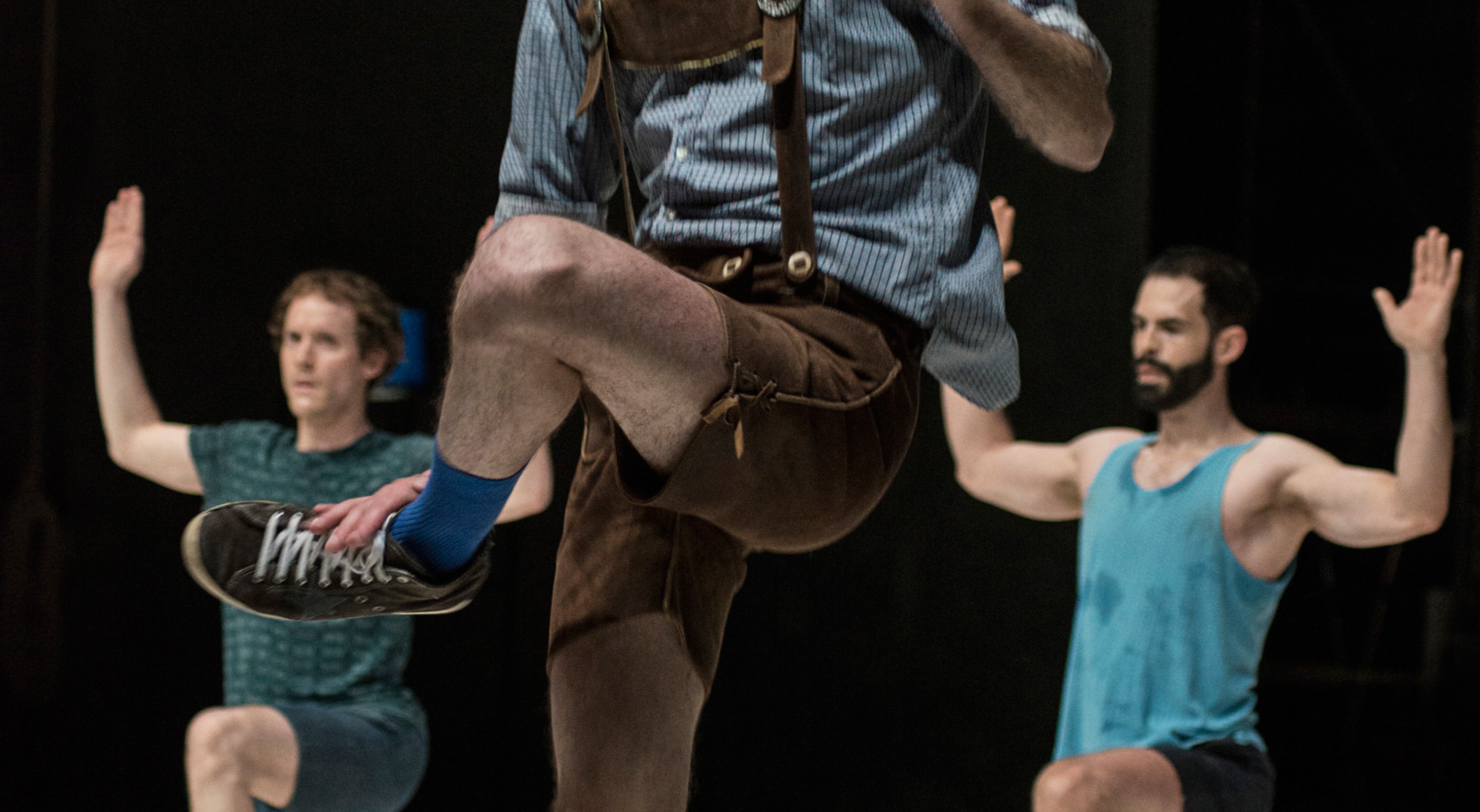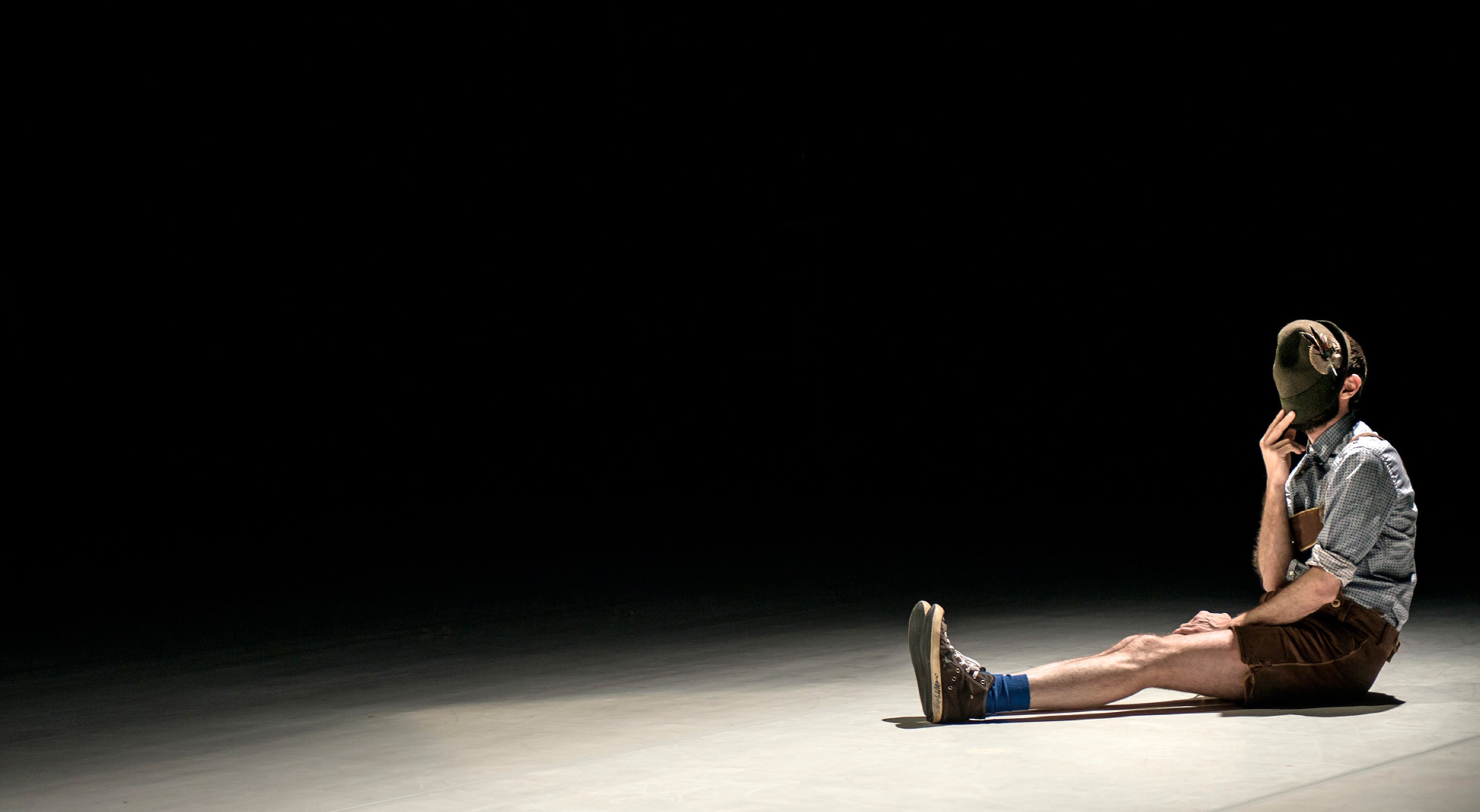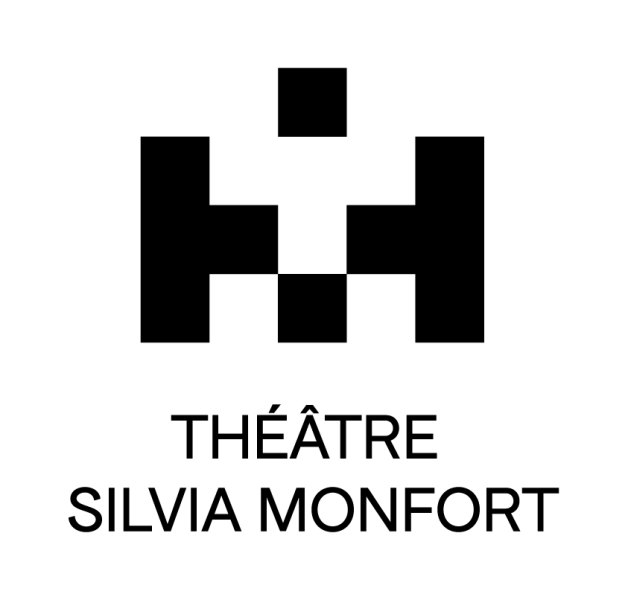Alessandro Sciarroni
FOLK-S_will you still love me tomorrow?
novembernov 4 – 8
decemberdec 6
Creation and dramaturgy, Alessandro Sciarroni
With Marco D’Agostin, Pablo Esbert Lilienfeld, Francesca Foscarini, Matteo Ramponi, Alessandro Sciarroni, and Francesco Vecchi Original music, sound, Pablo Esbert Lilienfeld
Video and images, Matteo Maffesanti
Lighting design, Rocco Giansante
Costume design, Ettore Lombardi
Coaching, Rosemary Butcher
Dramaturgical consultant, casting, Antonio Rinaldi
Choreographic consultant, Tearna Schuichplattla
Development, promotion, Lisa Gilardino
A production by MARCHE TEATRO Teatro Stabile Pubblico ; Progetto Archeo.S ; System of Archeological Sites of the Adriatic Seas // Co-funded by IPA Adriatic Cross-Border Cooperation Program // In collaboration with Le Monfort ; Festival d’Automne à Paris (for performances from 4 to 8 November) // In collaboration with Corpoceleste_C.C.00# // With support from Inteatro, Amat-Civitanova Danza per “Civitanova Casa della Danza”, Centrale Fies, ChoreoRoam Europe: Centro per la Scena Contemporanea – Comune di Bassano del Grappa, The Place/London, Dansateliers/Rotterdam, Dance Week Festival/Zagreb, and Certamen Coreográfico de Madrid // The piece was first presented on 29 June 2012 at Teatro Stabile delle Marche à Ancône
Alessandro Sciarroni, choreographer and theatre director, constructs intriguing stage objects on the border between dance, performance art and ritual anthropology. He makes use of the body as a medium, analytical tool and testing ground, all at the same time. He connects its energy up to diverse contexts, sensing its resistance and sounding out its limits, in order to blur its perception and widen its scope for action. FOLK-S is the departure point for a triptych in which different movement forms are taken out of their original context, so that we can examine their construction and reactivate them in the present. In FOLK-S, the Schuhplatter, a Bavarian folklore dance consisting of slapping your shoes, is reduced to its most basic form. Starting off with an unceasing, constantly repeated rhythmic sequence, the performance space becomes redefined. Soli and duos emerge, following a logic of their own, and the group transforms itself, like an ever-changing organic matter of some sort. Between constraint and autonomy, play and trance, FOLK-S invites us to take part in an extreme, perception-based experience centering on the multiple variations that a form can have to the point of its depletion. In UNTITLED, the question of individual and collective adherence to the rule is looked at, via the art of juggling. Far from being a circus act, the piece is a metaphysical suspension in which bodies struggle against gravity, exhaustion and concentration - in a balancing act with time. JOSEPH_kids, a show for all ages, sees the revival of a choreographic self-portrait created in 2011, posing the question of the performer’s blind spot: how can you see yourself dance? With the aid of a webcam relay, Alessandro Sciarroni presents us with a morphing, during which individual image transformation in the digital technology era is captured live. Distorted, duplicated, disguised, half-monster, half-grotesque, Joseph takes us on a playful journey drawing upon the collective imagination, and which reflects the capacity for self-invention and image appropriation that all children experience as they look into the mirror.
In the same place


